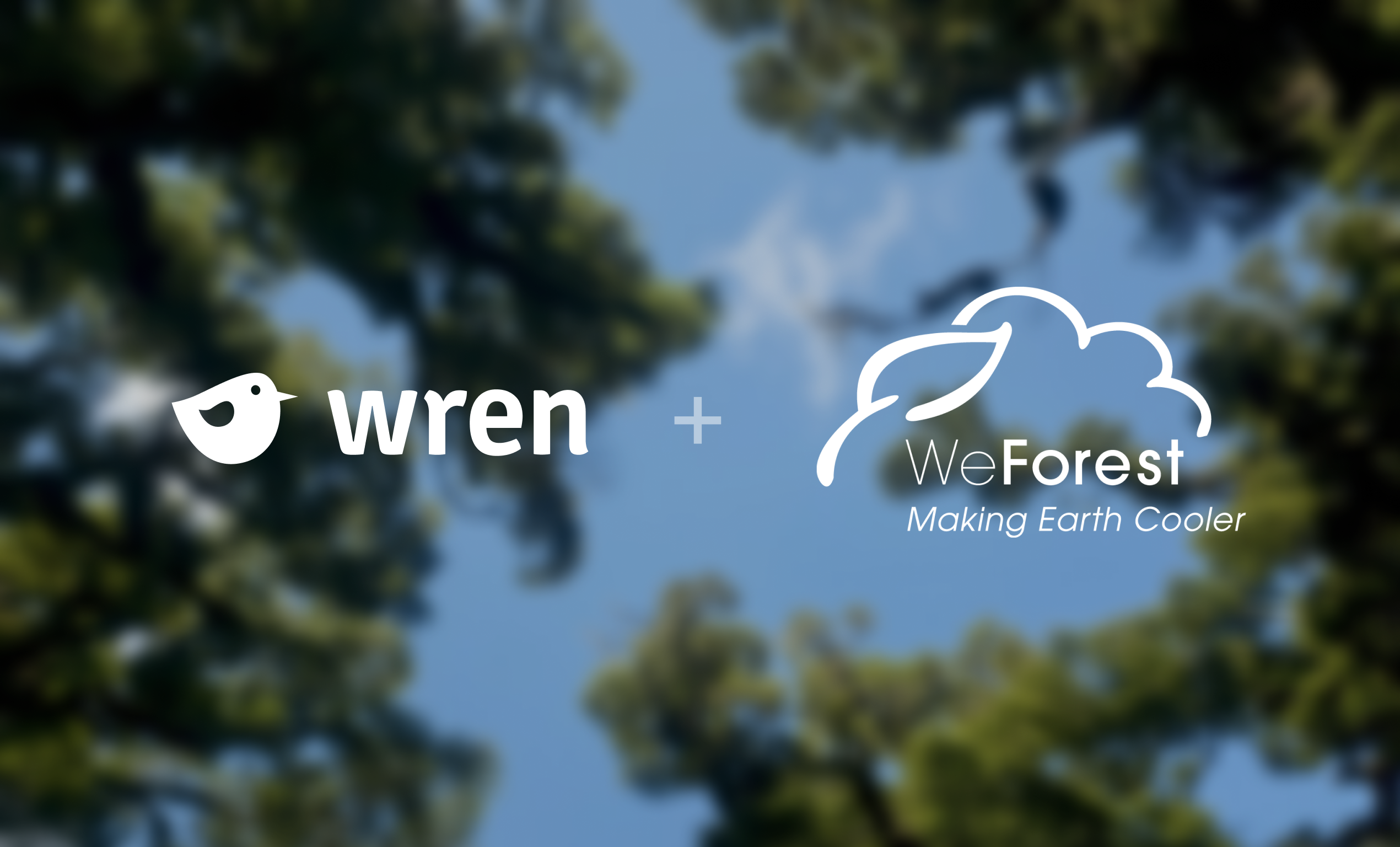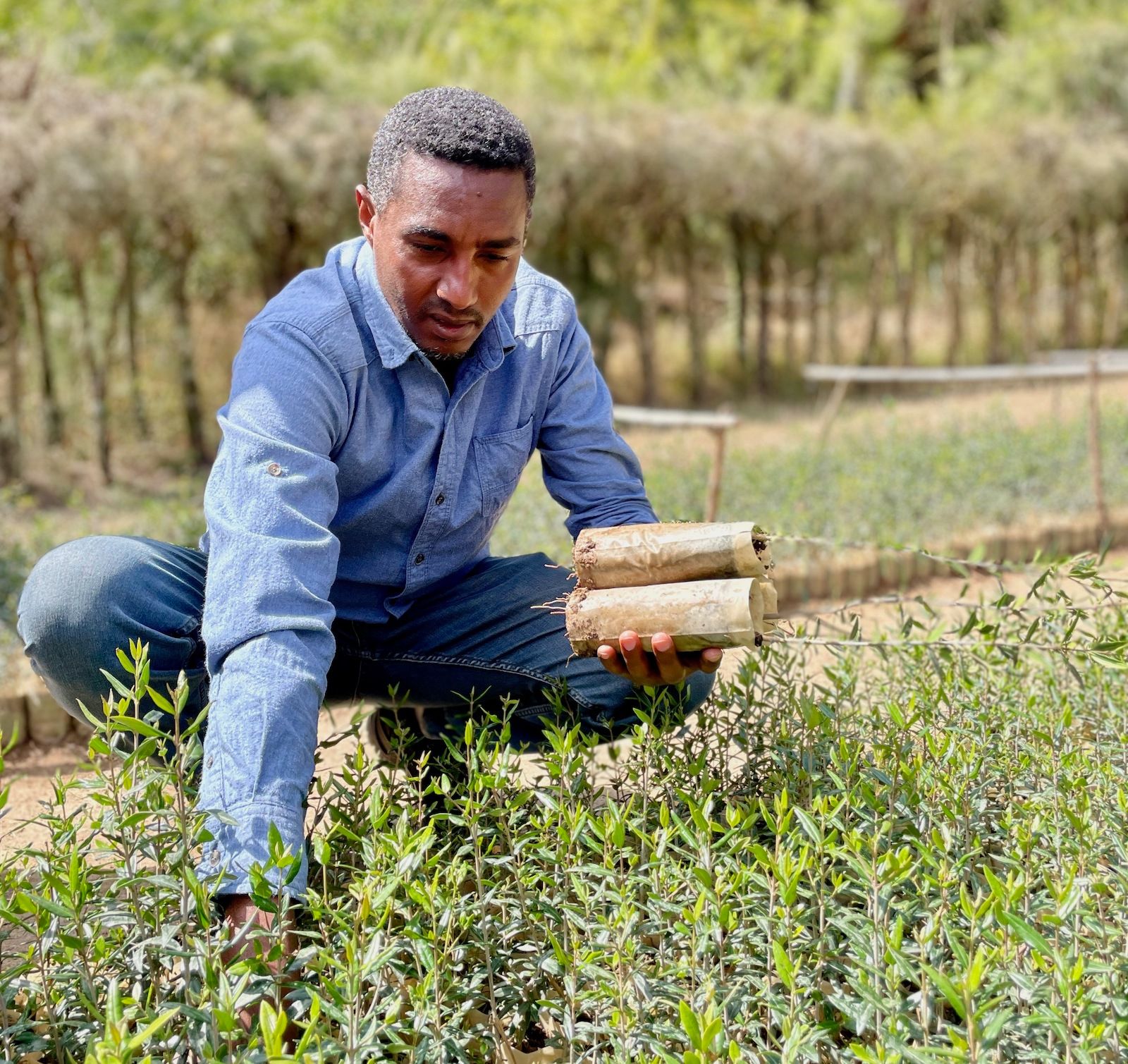Wren's approach to *growing* trees for climate action
By meticulously vetting *tree-growing* projects and emphasizing holistic restoration, Wren will avoid the common pitfalls of ill-planned tree-planting projects

Forests are the lungs of our planet, a natural reservoir of biodiversity, and a key ally in the fight against climate change. The undeniable benefits of trees have led to global initiatives like the Bonn Challenge and the Trillion Trees Campaign, which aim to restore millions of hectares of forests globally.
While planting trees seems like a straightforward solution, the reality is more complex. Irresponsible tree planting can have detrimental environmental and social consequences. For example, afforesting carbon-rich grasslands and savannas can threaten biodiversity and disrupt complex hydrological cycles. What's more, a host of social issues arise when local communities are not properly consulted – in Cambodia, for example, reforestation initiatives have led to ‘green grabbing’.
Still, reforestation holds the largest potential to mitigate climate change out of all the nature-based climate solutions and if done right could sequester up to 17.9 billion tons of CO2e annually. Trees convert carbon dioxide into oxygen through photosynthesis, making them natural air purifiers. Moreover, forests help regulate local and global climates, stabilize soil, support biodiversity, and provide livelihoods for countless communities worldwide.
There are hundreds of organizations out there planting trees. However, at Wren we care about growing trees, not just planting them. We look for projects that use effective, science-based approaches to achieve healthy, thriving forests.

What we look for when evaluating tree-growing projects
We developed a set of criteria to vet projects after conducting extensive research into why so many tree-planting projects fail. One valuable resource was a 2022 commentary in the journal One Earth that helped us identify the key questions we should be asking and refine our vetting process. From this process, we surfaced three main categories to consider when looking for the right project to support: restoration approach, community engagement, and monitoring and transparency. Let’s explain what we mean:
Restoration first
Abundant research validates an approach called Forest Landscape Restoration (FLR) as best in class for people and the planet. FLR goes beyond just planting trees; it aims to restore entire forest ecosystems. This includes not only tree planting, but also restoring native vegetation, biodiversity, soil health, and water resources. It helps recreate natural habitats and ecosystems that support various species of plants and animals, helping to conserve biodiversity and restore ecosystem services by improving soil quality, reducing erosion, and enhancing water retention in landscapes. Methods tailored for each ecosystem are used and can include active planting, assisted natural regeneration or agroforestry.
While tree planting is a valuable short-term strategy for increasing tree cover, FLR focuses on long-term, sustainable forest restoration. It involves planning, monitoring, and adaptive management to ensure that restored landscapes remain healthy and functional for generations to come.
Community engagement is vital
Community engagement is vital for the success of tree-growing initiatives because it harnesses local knowledge, fosters a sense of ownership, and promotes sustainable practices. Communities contribute valuable insights about tree species and environmental conditions, commit to caring for planted trees, and often provide resources and labor.
Engaging communities ensures that tree planting respects cultural values, resolves potential conflicts, and distributes social and economic benefits equitably. Furthermore, it enhances monitoring and maintenance efforts, facilitates education and awareness, and ensures that tree-planting initiatives align with the needs and aspirations of the local population, making them more effective, sustainable, and harmonious.
Transparency & monitoring
Transparency and monitoring are indispensable for the success of tree-growing initiatives because they ensure accountability, efficient resource allocation, adaptive management, and environmental impact assessment. Transparent practices hold all stakeholders accountable, preventing misuse of resources, while monitoring provides real-time data to make informed adjustments and assess the project's environmental benefits. It fosters community engagement, builds public trust, and supports long-term sustainability by tracking tree survival and growth. Additionally, the data generated informs future projects, enhancing their effectiveness and impact.
Maintaining cost-effectiveness
Beyond feeling confident in the work of our partners, we also consider cost. We look for organizations that are transparent in how funds are spent. While some organizations market tree planting projects for 10-15 cents per tree, we believe the true cost of growing trees is typically higher. The true cost of growing trees depends on the FLR method employed, the geography, and the ecosystem. This is why we often look at the cost of restoring a hectare as opposed to the cost of a sapling. Ultimately, we look for partners who are transparent in how funds are used so we know that our users are funding cost-effective projects.
Growing trees with WeForest
Based on the criteria outlined above, Wren researched over 20 organizations working to grow trees and restore forests. Our search led us to WeForest, an organization with a successful track record of forest and landscape restoration. WeForest takes a site-specific approach to ensure the long-term ecological health of the reforested area. They also engage in practices like Free, Prior, and Informed Consent to foster community support, minimize conflicts, and enhance project sustainability. Importantly, WeForest's use of Geographic Information Systems (GIS) technology and third-party audits guarantees the accuracy of its claims and the effectiveness of its tree-growing efforts.
For our first initiative with WeForest, Wren is growing and nurturing trees in the Tigray region of Ethiopia. The Desa’a Forest Project aims to bring water back to the region, reverse soil erosion, and lift communities out of poverty. This award-winning project is protecting, regenerating, and planting nearly 4 million trees. In 2022 alone, over 700,00 seedlings were planted and more than 11,000 people were engaged in restoration activities.
Wren is excited to support this initiative! We love that our users can see the exact plots of land where Wren is supporting this important work.
See exactly where Wren is growing trees.
The way forward
Wren looks forward to supporting WeForest, and other organizations making a meaningful difference in the fight against climate change. By learning from successful models and avoiding the pitfalls of ill-planned tree-planting projects, we can harness the power of trees to create a more sustainable and resilient future.

